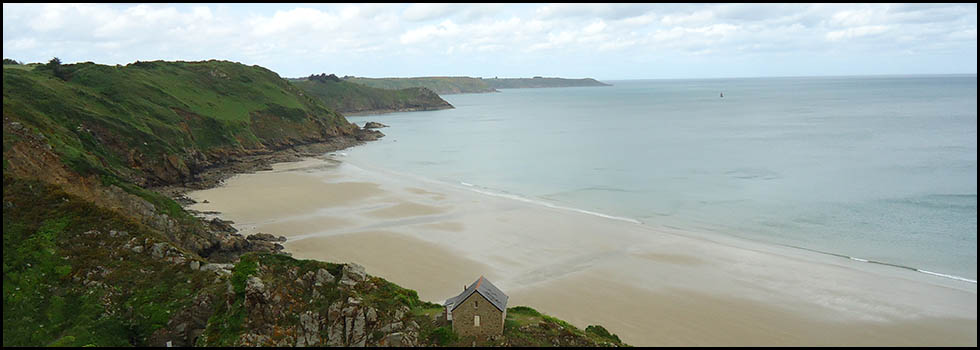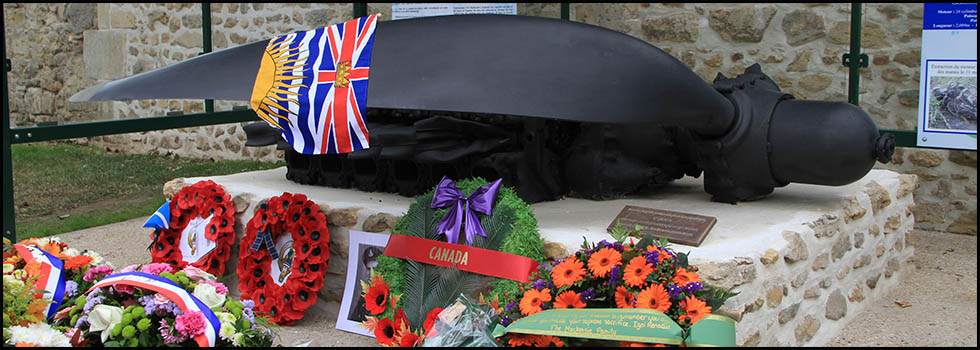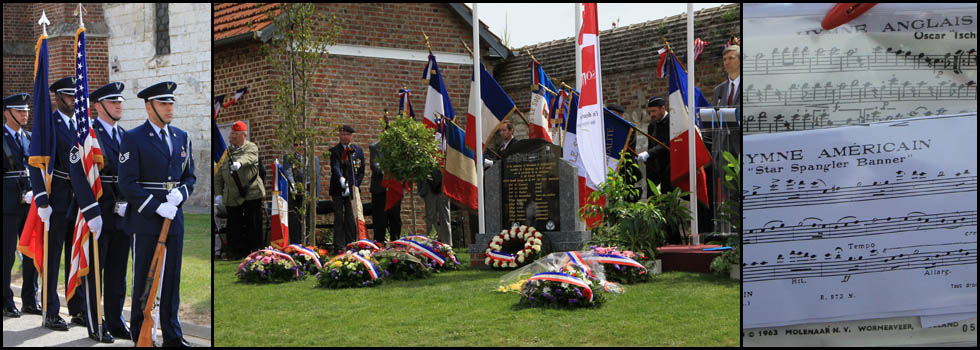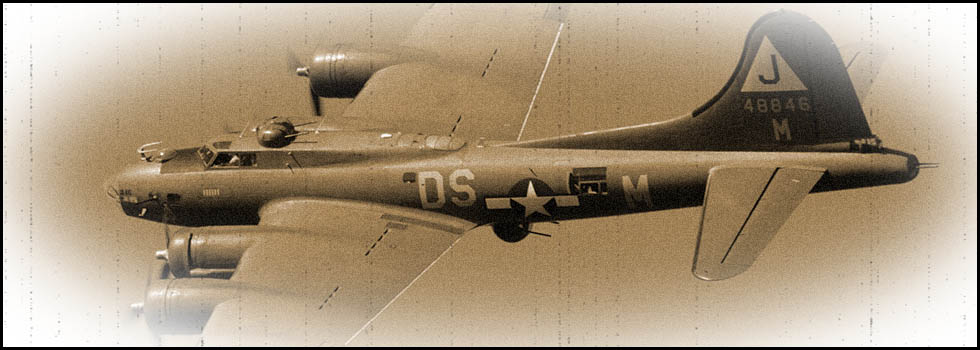18th August 1944
Squadron Leader Eugeniusz HORBACZEWSKI
"Mustang III" # FB355
PK-K
315 Polish Squadron "Debliński"
Velennes (Oise)
Copyright © 2018 - Association des Sauveteurs d'Aviateurs Alliés- All rights reserved -
En français ![]()
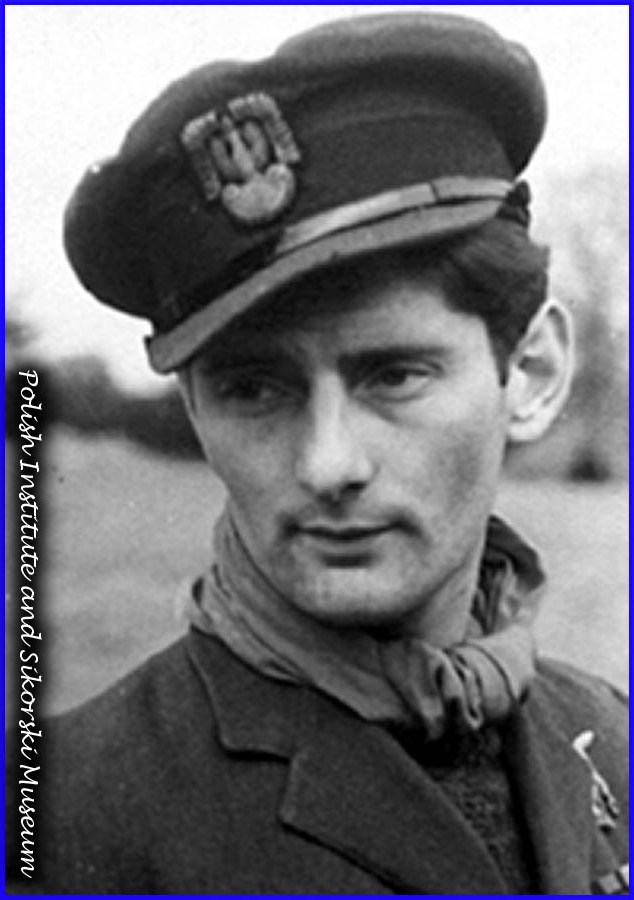
Eugeniusz Horbaczewski was born on 28th September 1917, in Kiev (now in Ukraine), to Polish parents.
Attracted by the Aviation, in 1935 he obtained his glider pilot's license on the Ustianowa field before continuing, in 1936, his secondary studies at Brzesc (now Brest-Litovsk, in Belarus).
In 1937, at Bielsko-Aleksandrowice, he began his apprenticeship as a pilot of a powered airplane.
In January 1938 he joined the Deblin Cadet Polish Air Force School.
On 1st September 1939, he graduated as a fighter pilot in the Polish Air Force the very day the German Army invaded his country without a declaration of war. Although a novice, between 9th and 11th September, he made 3 reconnaissance missions during the Battle of Poland.
The swift defeat of the Polish Army against the German invader gave birth to a deep sense of revenge. On 17th September, without a declaration of war, the Soviet Army, in turn, entered Poland. At the end of October, after many difficulties and like many Polish airmen, he managed to reach Rumania and, via Yugoslavia and Greece, he joined France and the Bordeaux-Merignac base.
On 10th May 1940, the Wehrmacht attacked the West. Six weeks later, the defeat was consumed on French soil. On 22nd June, the armistice was signed in the clearing of Rethondes, near Compiegne.
On 24th June, S/Lt Horbaczewski arrived in extremis, with many compatriots, to embark aboard a ship, from the port of Saint Jean-de-Luz, to Liverpool, England, to continue the fight.
In the summer of 1940 he joined the Royal Air Force and the Bristol School for an accelerated training on British equipment.
At the end of August 1941, Eugeniusz Horbaczewski was assigned to 303 "Kościuszko" Polish Squadron, integrated into the Royal Air Force. Within this Squadron his war missions began over the Channel facing a Luftwaffe then at its zenith. On board his Spitfire Mk V, he recorded his first victory on 4th April 1942 by shooting down a Focke-Wulf 190 over the Pas-de-Calais. His second victory was on 16th April and a third on 19th August during Operation Jubilee at Dieppe. He showed himself to be a talented pilot.
On 15th July 1941, he was transferred for a few days to the 18 OTU specialized in the training of bomber pilots before joining the 58 OTU which trained the fighter pilots on the famous Spitfire.
From 10th September 1942, he joined 302 "Poznański" Polish Squadron. Aerial fights were exhausting. At that time, he had already flown 65 war missions. Given leave on 3rd December 1942, he went back to 58 OTU, this time as an instructor, with the rank of Flying Officer.
At the beginning of 1943, he volunteered to fight the Afrikakorps. In Tunisia, he and other Polish pilots formed the famous "Skalski Circus". Voluntary certainly, but retained after a drastic selection of 16 pilots.
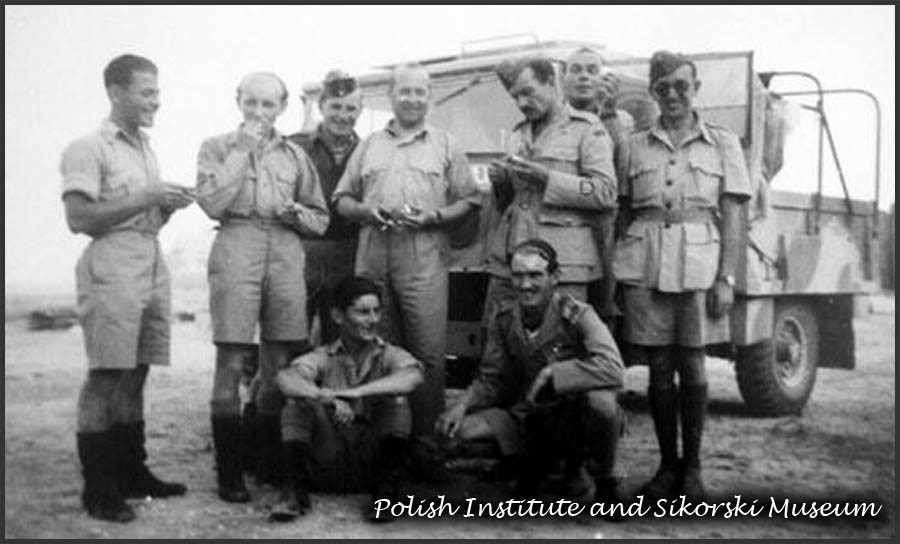
Polish Fighting Team in Tunisia – Eugeniusz Horbaczewski is seated on the left.
In the Polish Fighting Team under the command of S/L Stanislaw Skalski, Eugeniusz Horbaczewski's talent as a fighter pilot literally exploded. In less than two months (from 18th March to 12th May), the intrepid Polish pilots, aboard their Spitfire Mk IX, created a sensation with the Allied High Command by destroying 25 aircraft of the Luftwaffe and of the Italian Regia Aeronautica + 3 probable. Lieutenant Horbaczewski was the most successful pilot of the "Skalski Circus" with 5 victories: four Messerschmitt-109 and a twin-engined Junkers 88 were shot down under by his machine-guns in 41 war missions. Since the beginning of the conflict, he had 8 confirmed victories. In high places, his vista was noticed.
After the dissolution of the Polish Fighting Team, Eugeniusz Horbaczewski remained on the Mediterranean front while most other pilots joined Great Britain.
North Africa liberated, he left Tunisia for Malta. He first joined 601 RAF Squadron and then joined 43 Squadron of the Desert Air Force on 6th July 1943, taking command on 9th August. In the sky of Sicily and southern Italy he again shot down three enemy aircraft.
On 20th October, he was finally recalled to Great Britain, where the Allied invasion of the continent, somewhere between northern Brittany and the Belgian coast, was being prepared under the seal of secrecy.
At the end of 1943, Eugeniusz Horbaczewski had 11 victories + 1 probable + 1 damaged.
In January 1944 he was posted to the Northolt airbase for conversion to a new aircraft, the North American P-51 “Mustang III”.
On 15th February, he took command of 315 "Debliński" Squadron of the 2nd Tactical Air Force, recently created for the exclusive needs of the future invasion. He was officially promoted Squadron Leader.
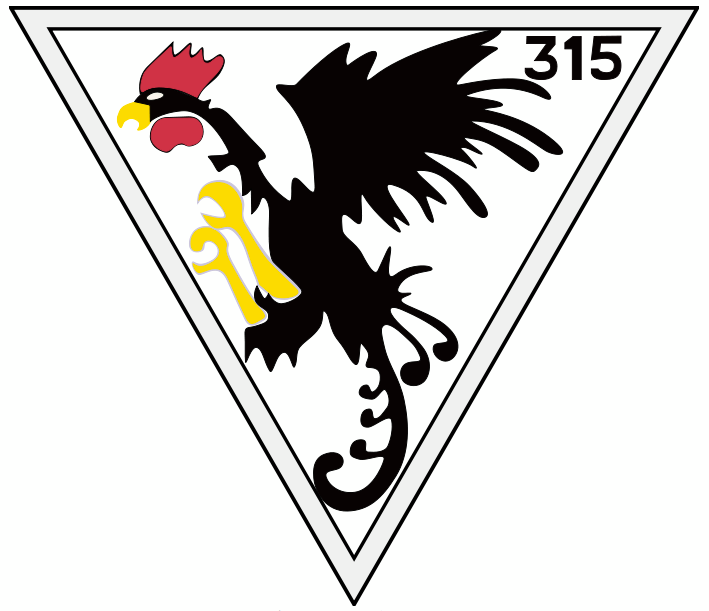
On 20th February, at the head of his Squadron, he began his missions. 57 others would follow over France, from northern Europe to Norway, leading dangerous attacks at low altitude on marshalling yards, port facilities and other Nazi strongholds, all bristling with the formidable Flak: the very dense defence against planes.
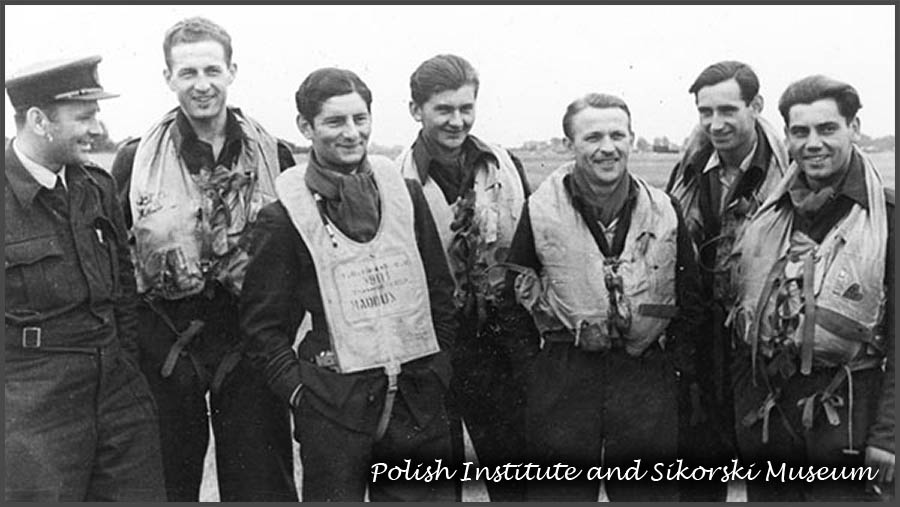
F/Lt Przymienski, F/O Swistun, S/L Horbaczewski, F/O Nowosielski, F/Lt Cwynar, W/O Jankowski and W/O Bedkowski.
After the Normandy Landings on 6th June 1944, another arduous task was added to the airmen of 315 Squadron: to chase from the English skies the V1s, the Nazi very lethal flying bombs which terrorized and tried to demoralize the civilian population. S/L Horbaczewski shot down four of them.
The battle of Normandy was raging. On 22nd June, during a fierce ground attack on German positions in Cherbourg harbour, Squadron Leader Horbaczewski spotted Sgt Tamowicz's Mustang III, seriously hit by Flak. The pilot was forced to land, as soon as possible, between the enemy and American lines, in a marshy area of the Cotentin Peninsula. Eugeniusz Horbaczewski, who had watched the scene, circled above his Squadron companion. Although injured in his legs, Sgt Tamowicz managed to get out of his plane, indicating to his Leader that he was safe.
With the spirit of decision that animated him permanently, Eugeniusz Horbaczewski landed on Azeville airfield only just fitted out by the Americans. Immediately borrowing a Jeep, he headed for the area where his teammate's aircraft was.
Meanwhile, Sgt Tamowicz's Mustang sank deeper and deeper into the mud. To his surprise, the pilot suddenly saw Eugeniusz Horbaczewski coming to rescue him. Wading in the marsh, the two men managed to join the Jeep then the Allied lines and finally Horbaczewski's aircraft. Although planned for one man, Tamowicz then took his place in the Mustang cockpit before his Squadron Leader sat on the knees of his moaning companion.
Reaching the end of the runway, the aircraft took off full throttle towards England under the hoorays of the American soldiers who had witnessed the scene.
After landing at Coolham, Horbaczewski and Tamowicz were this time cheered by the staff of their own Squadron, stunned to see two men get out of the cockpit of the Mustang. Sgt Tamowicz was quickly transferred to a hospital and treated.
Those who attended this scene always remembered the heroic action and the panache of Eugeniusz Horbaczewski. This unusual rescue remained in the annals of the Royal Air Force.

During the summer of 1944, the Polish pilots of 315 Squadron also carried out bombing escort missions to the distant Norwegian ports. S/L Eugeniusz Horbaczewski, nicknamed "Dziubek", fully fulfilled his role, advising caution to the impetuous neophytes who were there to learn. These raids were often difficult. Around these targets, the Flak was more than dense. The return was long with sometimes some of the aircraft damaged.
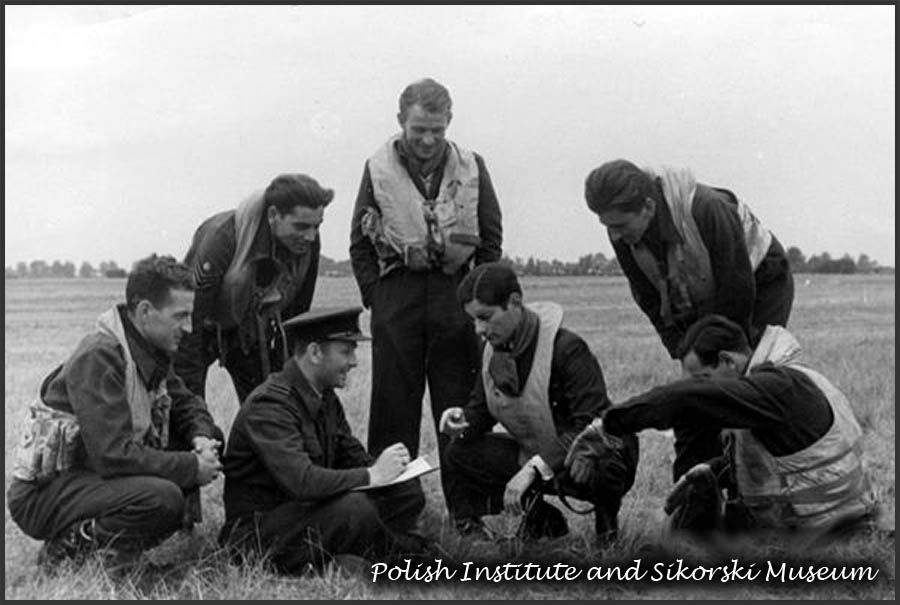
At the end of July, he obtained even more credits, totalling at that time 14 victories (including 1 shared).
On Friday 18th August 1944, the mission "Rodeo 385" was decided by Fighter Command. The Polish pilots of 315 Squadron were ordered to patrol the triangle formed by the cities of Boulogne-sur-Mer, Le Havre and Paris and to destroy any target on the ground just as in the air.
S/L Horbaczewski had been suffering from severe bronchitis with fever for several days, but ignored medical advice which tried to dissuade him from flying. Horbaczewski had the presentiment this time that in case of confrontation with the enemy he would not come back. He decided, however, to carry out the planned mission.
On Brenzett airfield, 12 "Mustang III" of 315 Squadron took off around 7:15 am and then headed for the English Channel: radio code "Central"!
A passage and a possible attack of the airfield of Abbeville-Drucat were planned but the air base seemed deserted ... The Polish pilots then took the direction of Beauvais-Tillé, a dangerous aerodrome, above which, in the past, the Royal Air Force had suffered losses.
At least three dozen enemy aircraft came against them ... Although the radio silence was broken, the pilots of 315 Squadron did not hear as usual their Leader give them the latest instructions, advise them and direct them in the fight ... These were JG 26's Focke-Wulf 190 A8s. Others were seen taking off, just seconds apart, waving the grass of the airfield.
The bad surprise was total for the German airmen. Having dropped their extra tanks, the Poles emerged from the sun, burst onto the enemy and literally grabbed him by the throat... Although feverish, flu victim and with a radio broken down, their leader led his Squadron masterfully with his eleven teammates sticking together. On the German side, an unusual outburst went to squadrons on takeoff or already in the air. Eugeniusz Horbaczewski shot down two Focke-Wulf 190s in quick succession.
After a violent reversal, another Focke-Wulf appeared in his collimator and quickly shot down in flames. A fourth was seriously hit. The dogfight was raging. The Polish airmen wreaked havoc and then abruptly the fighting stopped.
Very quickly the pilots of 315 Squadron noticed the absence of their Squadron Leader. All had seen him shoot down three enemy aircraft but nobody in the following attacks had seen him disappear. They returned to fly over the place without observing anything concerning him. With a heavy heart, the Polish pilots regrouped and then returned to England. The sixteen Focke-Wulf 190 claimed as destroyed did not mitigate their immense sadness.
In Velennes, a small village near the Beauvais-Tillé airfield, three young boys, Daniel Loncke, 14, and Constant Loncke, 7, were in front of the family farm gate with their 8-year-old friend Michel Lasne. Accustomed to aerial combats above their heads, they observed the one on that morning of 18th August rather distractedly despite its magnitude. Suddenly, the kids heard a plane engine whistling abnormally. Behind a row of trees, a huge thud was heard, followed by a gigantic cloud of black smoke rising high in the sky ... No explosion! In the next few minutes, the children learned that an aircraft from the aerial combat had gone into a dive, and stuck deeply into the soft ground of a field. The aircraft was broken into two parts. The engine was completely buried, as if it had disappeared. The fuselage was broken at the cockpit, almost intact, revealing the British cockade.

Velennes - The crash site
Around 9:30, the smoke stopped escaping from the wreckage but no one dared to get too close to the allied aircraft. The cockpit appearing empty, the majority of witnesses, just like the Germans, thought that the pilot had parachuted out. Luftwaffe "ground crews" retrieved the machine guns from the wings detached from the fuselage.
As evening approached, at the crash site, the plain of Velennes found calm after the dramatic effervescence started early in the morning. After 4:30 pm, no more villagers walked, no more German soldiers were busy around the plane.
It was at this moment that five children of about ten years old appeared as a friendly symbol. Michel Lasne, accompanied by his brother and his sisters, laid a large bunch of dahlias near the wreckage of the unmanned aircraft ... and then left quickly.
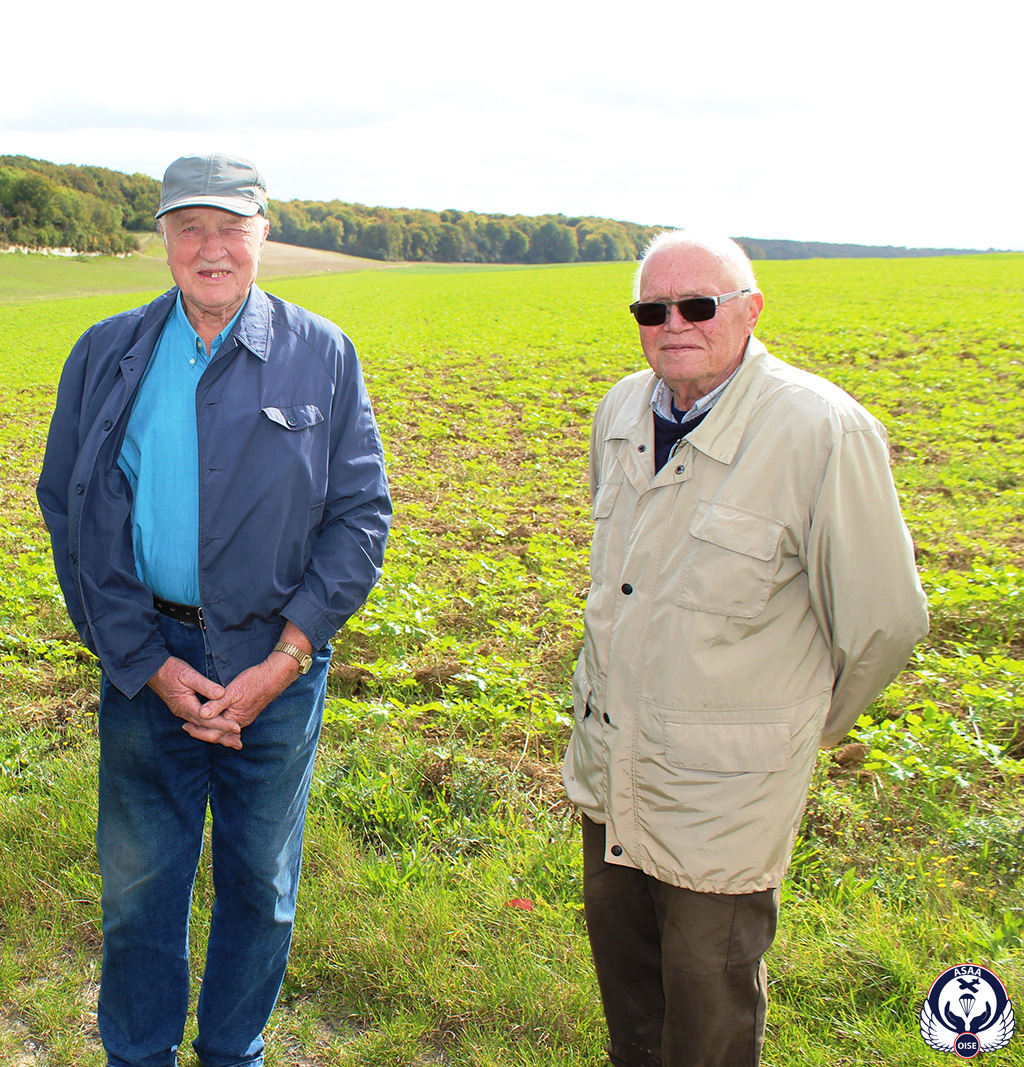
Velennes, October 2017 - Michel Lasne and Constant Loncke at the crash site.
For the two friends, the drama of 18th August 1944 remains an indelible memory.
At the end of August 1944, the Liberation was imminent. Everyone forgot the plane. It was time for joy to be liberated soon. The British Army being at the gates of Beauvais, the Germans blew up their installations at Beauvais-Tillé before evacuating. The end of four years of misery was approaching.
In October, the farmer who owned the field harnessed his horses and had them pull back the fuselage before filling in the hole containing the engine. He could then cultivate again.
At the beginning of 1946, prison camps in Germany were emptied but there was still no trace of Squadron Leader Eugeniusz Horbaczewski.
In late 1946, a Research Commission of the Royal Air Force Missing Airmen in cooperation with the French Red Cross, conducted searches in the Beauvais-Tillé area.
At the beginning of 1947, the identified remains of the Polish officer were finally found at the crash site in Velennes. In the extreme violence of the shock, the pilot's body had slipped under the engine of his aircraft and remained in the ground. His remains were buried in Creil, where he has since been resting with 54 other Royal Air Force airmen who fell in the Creil area and most of them during the terrible year 1944.

His grave in the cemetery of Creil (Oise)
Third best Polish fighter Ace during WWII, S/L Horbaczewski flew a total of 250 war missions during which he had 16 confirmed victories + 1 shared + 1 probable + 1 damaged and 4 flying bombs V1 shot down.
Distinguished Service Order
Distinguished Flying Cross + bar
Virtuti Militari (2 Silver + 1 Gold posthumously) – Polish
Polish Cross of Valour and 3 bars (4 times)
On 23rd June 2018, a memorial honouring Squadron Leader Eugeniusz Horbaczewski was unveiled in the village of Velennes (Oise).

